Expert Advice: Preparing for AI Integration in UX Research
User experience (UX) is everything in today's digital landscape. Enhancing your website's UX is crucial for stakeholder engagement, customer support, and business profitability.
To achieve this, start by conducting UX research. UX research process entails studying user behaviors, needs, and preferences to improve your digital platform's aesthetic and functionality. However, what better way to optimize this process than to harness the power of artificial intelligence (AI)?
More than half (55%) or respondents report an increasing demand for UX research due to a growing appreciation for research, the need for innovation, and a shift to data-driven decisions. Meanwhile, product design teams leverage AI to automate UX research functions, such as:
- Data analysis (74%)
- Data transcription (58%)
- Question generation (54%)
- Research planning and drafting (50%)
- Synthesis and reporting (49%)
- Idea generation (38%)
Don't worry; This page covers AI integration in UX research. Read on to learn the following:
- Impact of AI on UX research, including its use cases and key benefits;
- How to prepare for the technological integration;
- How to overcome potential challenges; and,
- What future trends to expect in the coming years.
Ready to dive in? Let's go!
The Impact of AI on UX Research
There's no denying the power of AI in UX research in today's business landscape. This advanced technology can optimize various aspects of your UX research process. But first things first, let's understand these two key concepts:
-
UX research: UX research is part of your UX checklist for optimizing your website. As the name suggests, this process involves studying your user behaviors to match your design strategies with them. The ultimate goal is to provide an excellent user experience to increase customer engagement and achieve business success.
Fortune Business Insights projected the global UX services market to grow $6.40 billion in 2025 to $54.93 billion by 2032 at a 36% CAGR. This market infiltrates industries such as IT & telecom, finance, advertising, healthcare, manufacturing, and travel & tourism.
-
AI technology: AI is one of the most advanced technologies known for simulating human intelligence. This simulation allows machines, such as computer systems and digital tools, to partly work like human beings. Think of ChatGPT creating articles, DALL-e generating images, and AI-powered chatbots answering FAQs as some common examples.
According to Statista, the global AI market will grow from $243.72 billion in 2025 to $826.73 billion by 2030 at a 27.67% compound annual growth rate (CAGR). This market growth is due to increased technological adoptions, awareness of AI capabilities, and convenience in digital services.
Now, how can you use AI in your UX research process? Find out the answer below.
The Use Case of AI in UX Research
It's crucial to understand the correlation between AI and user experience. More importantly, discover how AI is changing the design game in today's business landscape. That way, you can make informed decisions in your UX optimization strategy.
Now, how can you use AI in your UX research process? Below are its use cases:
-
Effective predictive analytics: UX research requires you to analyze user behavior to unravel their goals, pain points, needs, motivations, and interests. Machine learning (ML), a subset of AI, can learn and decide based on trends from datasets. Powered by ML, predictive analytics can help evaluate and predict the UX.
-
AI-powered user surveys: UX research involves obtaining feedback directly from the users. You can tap into conversational AI to gain valuable insights from your end users. For example, you can send automated survey questions through customer email marketing and get user feedback using chatbots.
-
Accurate data analysis: UX optimization demands a thorough examination of your users' overall experience after the actual research. Analytics tools can efficiently generate insights while you effectively analyze the datasets on UX. Ultimately, AI-driven UX analysis can promote work efficiency and data accuracy.
-
Efficient content generation: Generative AI (GenAI) can assist in the content creation for your UX strategies during the research process. The Econsultancy's Future of Marketing report cites the most popular use cases of GenAI: Personal productivity (53%), written content generation (53%), and ideation or conceptualization (46%).
-
Automated usability testing: The data insights gained from the research will guide your UX testing. However, what better way to optimize this process than to leverage AI-powered usability testing? This makes the actual UX testing more accurate, faster, and effective.
Discover the potential benefits of using AI in UX research below.
Key benefits of using AI in UX research
It's no secret: Companies are now investing in AI for various aspects of their operations. Gartner cites that 80% of leaders use this technology for business decisions and strategies. This means that organizations can no longer ignore the potential benefits of this technology.
On a specific note, companies cannot ignore how AI is transforming UX research. As cited, you can leverage this technology for user surveys, data analysis, content creation, and usability testing.
That said, here's how AI proves beneficial for your UX research:
-
Faster data analysis and insights: AI automates the UX research process, speeding up tasks and getting rid of some manual work. The technology offers data insights and guides you in creating an action plan for your UX optimization faster and better.
-
Improved accuracy and reduced bias: While AI aids in generating user data insights, you can also step in to examine the data sets. This makes the UX research more accurate, eliminating biases and helping you make informed decisions.
-
Enhanced UX personalization: AI-powered UX research provides accurate, relevant, and valuable user insights. This helps you tailor-fit your UX optimization strategies to user needs and preferences, ultimately resulting in user satisfaction.
-
Significant cost-efficiency: “Sure, investing in AI for your UX research might be costly at the outset. However, this technology will help you save money in the long run. Optimizing various functions offers a significant cost reduction in your UX process”, adds Gary Hemming, Owner & Finance Director at ABC Finance.
-
Guaranteed scalability and optimization: As cited, AI is one of the advanced technologies for scaling your business up and down. Specifically, it helps optimize your UX research process for a robust UX customization strategy.
Learn the key steps for preparing for the AI integration in the next section.
How To Prepare for AI Integration in UX Research
Incorporating AI into your UX research offers potential benefits for your design process. However, this integration comes with possible obstacles and challenges. So, having proper planning and enough preparation is key to success!
That said, follow the crucial steps for preparing for AI integration in UX research:
1. Check Your UX research Workflow
The initial step is to examine your existing workflow for your UX research process. Start by setting usability metrics for UX research and measure your current performance against them. Is your UX design team efficient, productive, and effective? If not, see how leveraging AI can help streamline your research process.
Jesse Hanson, Content Manager at Online Solitaire & World of Card Games, recommends a thorough examination of your UX research process. "Before jumping into AI, take a step back and really assess your UX research workflow. Are your current methods efficient in delivering the insights you need? A solid foundation makes AI integration way more effective."
2. Pick the Right AI-powered UX Tools
After examining your UX design, you can now plan to incorporate AI into your process. However, the key to success is to check the best UX testing tools for research. See what types of technologies best suit your business goals, user needs, and UX designs. Choose UX research tools powered by AI!
Not all AI tools are created equal, so take the time to research and test what works best for your UX needs. The right tool should align with your goals, enhance insights, and fit seamlessly into your workflow.
3. Train Your UX Team for AI Literacy
AI hasn't only become a buzzword but a game-changer in business. As such, expect both platform developers and end users to have tried using AI-powered tools for various digital platforms. However, promoting AI literacy is crucial for technological adoption and business success! Has your organization started investing in AI technology?
It's crucial to offer your UX design team formal training on the use of AI. For one, orient them on the impact of this technology on today's business landscape. Likewise, train them on leveraging AI-powered tools specifically for UX research. Finally, incorporate them into your workflow and get them directly involved.
4. Balance AI and Human-centered Research
AI is an advanced technology that looks bright and promising for businesses across different industries. However, it isn't the panacea to all business problems. As it is still ever-developing and ever-evolving, consider combining AI and traditional UX methods. That creates a perfect recipe for UX scalability and business success!
You probably have a UX research process in place—from user data collection to online surveys to data analysis. When you've decided on AI tools to invest in, see what areas of your UX research you can incorporate AI for efficiency and productivity. Striking a balance between AI leverage and human review is the best approach!
5. Use AI-powered Research for UX Optimization
Once you've incorporated AI into your research process, maximize its potential for actual UX design optimization. Take Deloitte's study on the impact of mobile speed on business performance. The study revealed that minor improvements in mobile site speed can significantly boost user engagement and business conversion. These AI-driven insights should guide you in optimizing your website or applications.

Adrian Iorga, Founder & President at 617 Boston Movers, highlights the value of AI-driven usability testing platforms for UX design optimization. "AI-driven usability testing takes the guesswork out of UX optimization. With real-time insights and predictive analytics, you can fine-tune your design to boost engagement and conversions faster than ever."
How To Overcome Challenges in AI Integration
Integrating AI with UX research proves beneficial in more ways than one. Businesses could earn a hundred dollars for every dollar spent on UX designs. However, they could lose 35% of sales if they develop bad designs. That's why UX research is a critical part of the overall equation.
To have a successful AI integration with your UX research, here are some common obstacles to overcome:
-
Address AI bias and ethical issues. AI isn't all omnipotent and omniscient as it has yet to grow and develop as a modern technology. So, while you leverage AI for your UX research, be wary of its inevitable biases and some moral implications. Reviewing your data insights is key!
-
Promote data privacy and security. “ML works by crawling web pages to collect data insights for your UX research. This poses a threat to business networks and data, making them vulnerable to cyberattacks. So, always make data protection and network security your top priorities”, adds Kathryn MacDonell, CEO at Trilby Misso Lawyers.
-
Incorporate AI and human research. Due to technological limitations, it isn't a good idea to rely heavily on AI tools for your UX research. This technology requires human interventions for informed decision-making in your research. Always strike a balance between the two!
-
Orient and train your UX team on AI. Sure, you might have invested in various AI tools for UX professionals. However, you must train your UX team to use this technology appropriately and ethically. That way, you can make the most of AI for your UX research!
-
Balance AI quality and affordability. As cited, investing in AI technology can be expensive but will pay off in the long run. However, the key to maximizing its potential for your UX research is to strike a balance between quality and affordability!
-
Streamline UX workflow with AI leverage. Harness the power of UX automation to optimize your UX processes, from initial research to UX testing to actual designing. AI can make the whole process simpler, faster, and better!
Future Trends in AI-driven UX Research
The AI-powered UX research shows no signs of stopping or slowing down. As AI technology continues to evolve, so are the UX trends. As far as UX research is concerned, what can we expect in the coming years?
Below are future trends in AI-driven UX research to watch out for:
-
Automated data analysis: AI-powered analytics are currently capable of analyzing data sets, predicting patterns or trends, and offering valuable insights for UX improvements. However, expect this technology to be more accurate and efficient due to the rapid development of machine learning (ML), a subset of AI.
-
AI-driven UX hyper-personalization: Hyper-personalization isn't just customizing the individual design experience for each user segment; It's also about focusing on what works for every user. Expect AI to pave the way for hyper-personalization that adapts in real time based on user behavior, needs, and preferences.
-
AI-integrated UX design assistants: As early as now, we've been shifting from generative AI to agentic AI. Expect the further growth and development of AI-powered design assistants offering white-label support in UX research. What used to be a figment of our imagination has now become a reality—the bots are real!
-
Conversational AI for UX optimization: Aside from the rise of UX design assistants as agentic AI, anticipate the prevalence of AI-powered chatbots. They will be more intelligent in helping you optimize your UX design.
-
Predictive UX analytics for proactive design: These AI-powered analytics tools will be more intuitive and intelligent by offering robust UX designs. For example, you can leverage Black Friday and homemade gifts analytics to align your UX design for the holidays for your e-commerce platform.
Final Words
There's no denying the powerful impact of AI on UX research. This technology offers efficient data analysis, accurate insights, and personalized experiences. It also allows you to optimize your digital platform without breaking the bank. Ultimately, AI contributes to your business scalability and growth!
That said, with that in mind, embrace AI and prepare to integrate it into your UX research process. To get started:
-
Evaluate your current workflow to identify areas where AI can add value.
-
Adopt AI-powered research tools to enhance your UX optimization efforts.
-
Follow best practices (like those mentioned earlier) to address potential challenges during integration.
Ultimately, stay informed about emerging trends in AI-driven UX research to support your business growth and long-term success.
This content is also available in:
- Deutsch: Expertenrat: Vorbereitung auf die KI-Integration in der UX-Forschung
- Español: Consejos de expertos:Preparar la integración de IA en investigación UX
- Français: IA en recherche UX : Conseils d'experts pour préparer son intégration
- Italiano: Consigli esperti: Preparare l'integrazione dell'IA nella ricerca UX
- Română: Sfatul experților: Pregătirea pentru integrarea IA în cercetarea UX
- 简体中文: 专家建议:为将人工智能融入用户体验研究做好准备

Opinions expressed in this article are those of the guest author. Aspiration Marketing neither confirms nor disputes any of the conclusions presented.





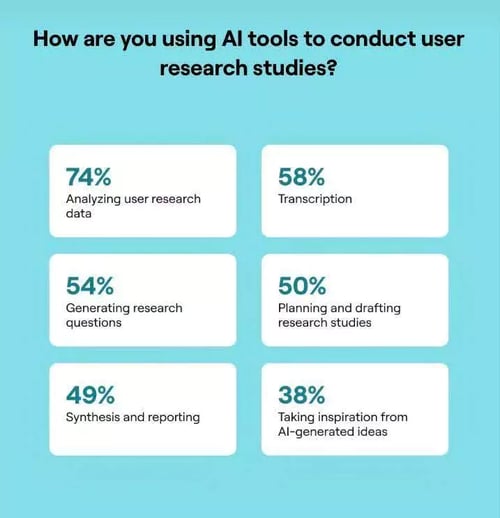
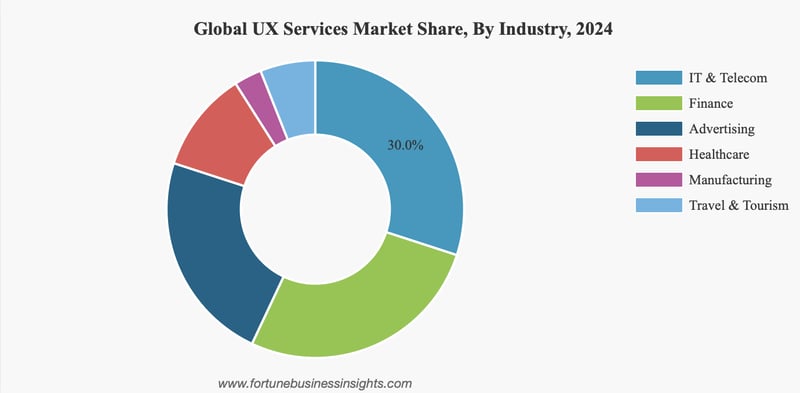
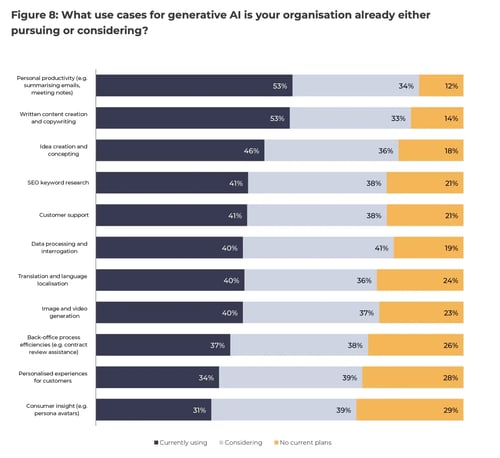
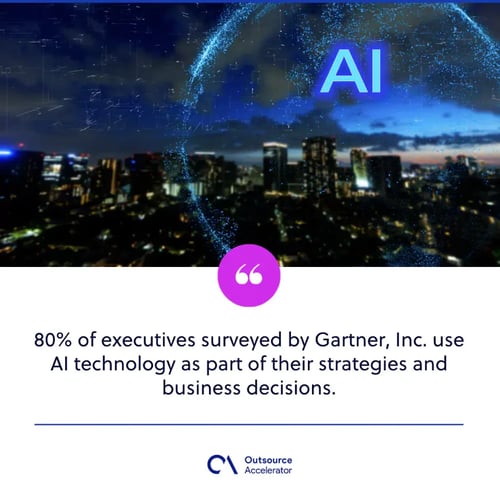
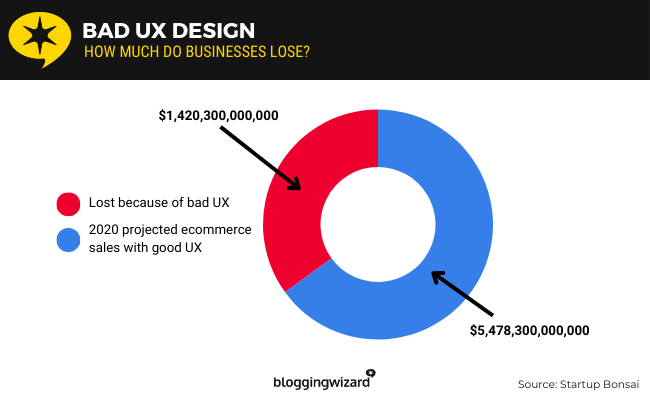


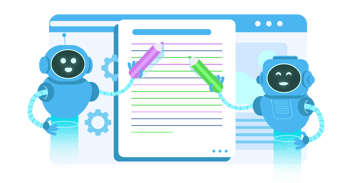

Leave a Comment